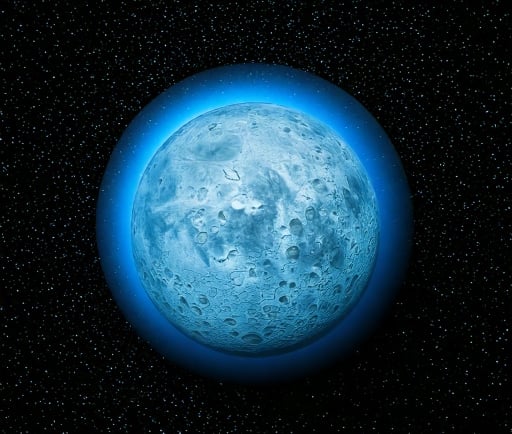Wise J085510.83-071442.5: The Coldest Brown Dwarf


Introduction to Brown Dwarfs
Brown dwarfs are intriguing celestial bodies that bridge the gap between the largest planets and the smallest stars. They possess mass sufficient to fuse deuterium but lack the mass required for hydrogen fusion. This results in their unique characteristics, including low luminosity and temperature. Among these, the wise J085510.83-071442.5 stands out as one of the coldest brown dwarfs known to humanity.
The Colder Side of the Universe
The wise J085510.83-071442.5 is located approximately 7.2 light-years away from Earth, making it the fourth closest known star system to our Sun. Its temperature is strikingly low, similar to the frigid conditions found at the North Poles of Earth. This remarkable chill places it among the coldest celestial objects observed, allowing astronomers to study atmospheric and compositional attributes that would be impossible in warmer environments.
Significance of the Wise J085510.83-071442.5
Understanding the wise J085510.83-071442.5 and similar brown dwarfs provides insights into the formation and evolution of celestial bodies in the cosmos. Their cool temperatures and minimal luminosity allow scientists to explore the conditions of formation for objects on the threshold of nuclear fusion. Furthermore, studying the atmospheric chemistry of such cold targets sheds light on the potential for similar icy worlds beyond our solar system.
In conclusion, the wise J085510.83-071442.5 is a fascinating example of the diversity found in our universe. By studying this cold brown dwarf, researchers gain invaluable knowledge that enhances our understanding of stellar and planetary evolution. As technology advances, the exploration of these enigmatic objects will undoubtedly reveal more secrets of the universe.
